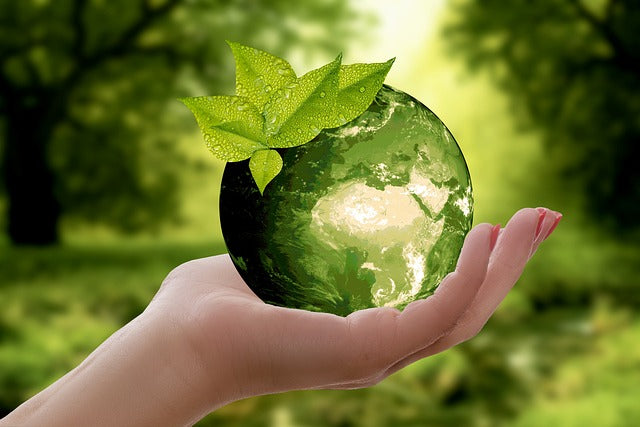The Future of Sustainable Packaging: Innovations and Trends
As environmental concerns continue to grow, businesses across industries are embracing sustainable practices, including packaging. The future of sustainable packaging holds great promise, with constant innovations and evolving trends. In this blog, we will explore the latest developments and emerging trends in sustainable packaging, highlighting how they are reshaping the industry and benefiting both businesses and the environment.
-
Material Innovations: One of the key drivers of sustainable packaging is the development of alternative materials. Traditional packaging materials, such as plastics and non-recyclable materials, are being replaced by biodegradable, compostable, and renewable options. Innovations like plant-based bioplastics, mushroom packaging, and seaweed-based materials are gaining traction, offering eco-friendly alternatives with comparable functionality.
-
Minimalism and Lightweighting: In an effort to reduce waste and minimize environmental impact, the trend of minimalistic packaging is gaining popularity. Brands are focusing on lightweighting packaging designs, optimizing material usage, and eliminating unnecessary components. This approach not only reduces material consumption but also lowers transportation costs and carbon emissions.
-
Circular Economy: The concept of a circular economy, where resources are kept in use for as long as possible, is making its mark on sustainable packaging. Businesses are adopting packaging designs that are easily recyclable, incorporating recycled content, and embracing initiatives like refillable and reusable packaging. By closing the loop and reducing waste, the circular economy model promotes a more sustainable and efficient packaging system.
-
Intelligent Packaging: The future of sustainable packaging goes beyond just being environmentally friendly; it also encompasses functionality and innovation. Intelligent packaging integrates technologies like RFID tags, sensors, and QR codes to provide real-time information about product freshness, authenticity, and traceability. This not only enhances the consumer experience but also helps reduce food waste and improve supply chain efficiency.
-
Biodegradable and Edible Packaging: Innovations in biodegradable packaging have gained significant attention. Researchers are exploring biodegradable films and coatings that extend the shelf life of products while being compostable. Edible packaging, made from materials like seaweed or starch, is another emerging trend. These edible wrappers not only reduce waste but also add an interactive and sustainable element to the consumer experience.
-
Design for Recycling: Designing packaging with recyclability in mind is becoming a priority. Packaging engineers are developing designs that can be easily sorted, separated, and recycled within existing waste management systems. Clear labeling and standardized symbols help consumers understand how to properly dispose of packaging, facilitating a smoother recycling process.
The future of sustainable packaging is promising, driven by constant innovations and changing consumer demands. Material advancements, minimalism, circular economy practices, intelligent packaging, biodegradability, and design for recycling are key trends shaping the industry. As businesses and consumers increasingly prioritize sustainability, embracing these innovations will not only benefit the environment but also lead to long-term cost savings and a positive brand image. By adopting and promoting sustainable packaging practices, companies can play a pivotal role in creating a greener future.
PS.: Using Colompac branded shipping boxes guide you toward sustainable packaging. 100% recyclable, climate neutral production site, FSC certified and more. Get on board with us. Official service partner of Colompac in the United States is Packagemate Inc.

